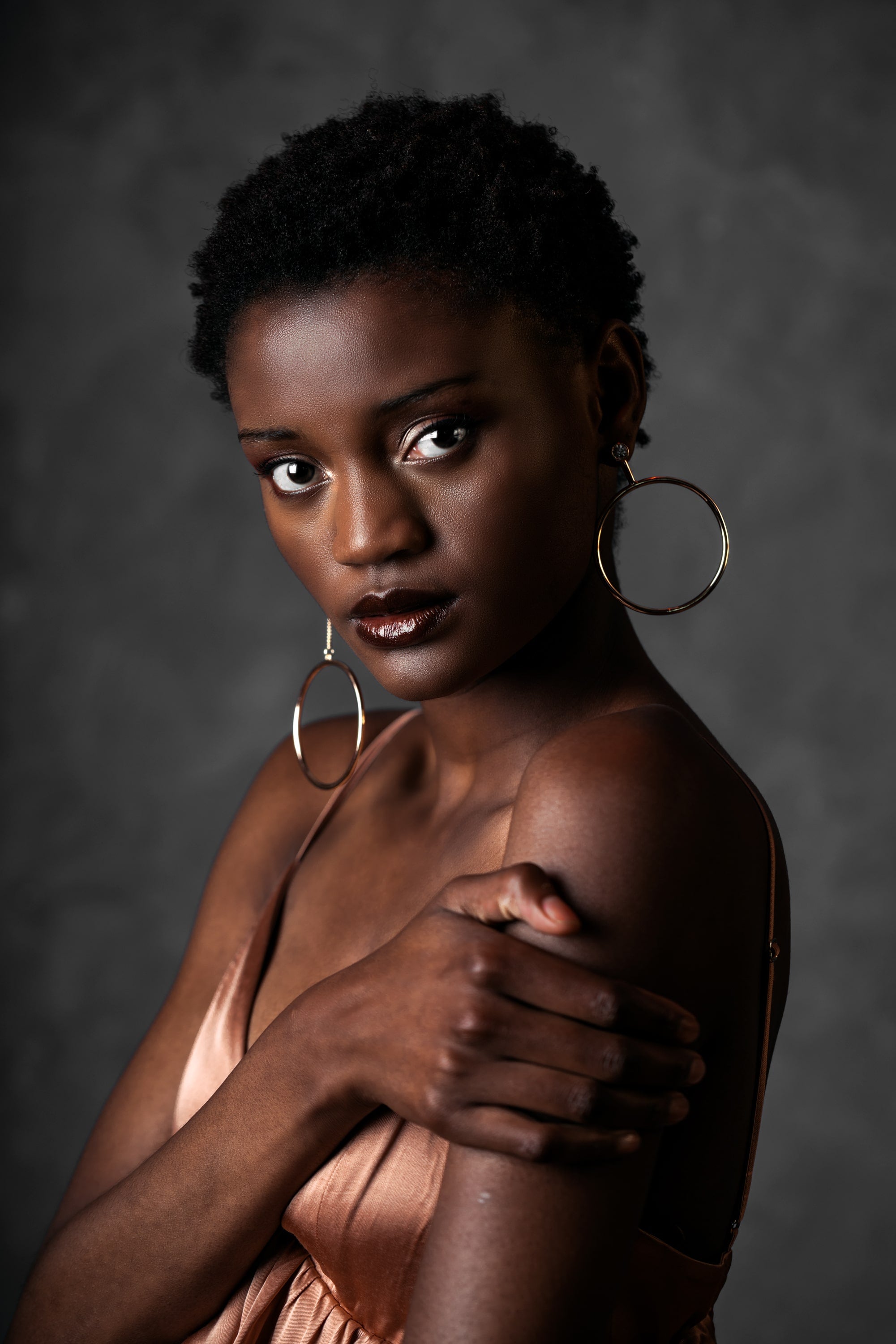Hormonal changes are a natural part of being a woman—but when they start showing up on your skin, it can feel frustrating, confusing, and even isolating. One week your complexion is calm and glowing, and the next, it’s dry, flushed, or breaking out in new places. You’re not imagining it—and you’re not alone.
At Bailin Botanicals, we specialize in understanding how hormonal fluctuations affect the skin and how to support it gently and naturally through every stage of life. Because your skin doesn’t need to be controlled—it needs to be cared for.
Let’s break down what’s really happening beneath the surface—and how you can restore balance without harsh treatments or endless trial and error.
How Hormones Impact the Skin
Hormones act like internal messengers, controlling everything from your menstrual cycle to your mood—and yes, your skin’s health. Estrogen, progesterone, and androgens all play a role in how your skin behaves, and when these levels rise or fall, your skin reacts.
During your monthly cycle, for example, estrogen levels drop in the days before your period. This can lead to oilier skin, clogged pores, and breakouts—especially around the chin and jawline. In your 30s and 40s, as estrogen and collagen production begin to slow, your skin may become drier, thinner, and more prone to redness or sensitivity.
Then comes perimenopause and menopause—a time of even more dramatic hormonal shifts. As estrogen declines, the skin’s natural hydration drops, collagen breaks down faster, and your barrier function weakens. This can lead to a host of new concerns: dryness, flakiness, dullness, increased sensitivity, and a loss of firmness and elasticity.
But this isn’t about fear. It’s about awareness. Because once you understand the “why,” you can make empowered choices that support—not fight—your skin.
The Natural Way to Support Hormonal Skin
Your skin is incredibly intelligent. And when it’s going through change, the best thing you can do is give it what it needs—not strip it, stress it, or cover it up.
Start with hydration. Not just drinking water, but using ingredients that help your skin retain moisture. Look for natural humectants like aloe vera and glycerin, paired with barrier-repairing oils like rosehip and sea buckthorn. These help lock in hydration while restoring the protective layer your skin may be struggling to maintain.
Next, calm the inflammation. Hormonal shifts can cause flare-ups, redness, and reactivity. That’s where botanicals like calendula, chamomile, and licorice root come in—they soothe the skin and reduce irritation without causing further sensitivity.
Don’t forget cellular renewal. As estrogen declines, so does your skin’s ability to regenerate. Supporting this process with gentle plant-based actives—such as natural vitamin A from rosehip or antioxidant-rich adaptogens like ashwagandha—can help brighten and rejuvenate without harsh exfoliants or synthetic retinoids.
And finally, keep your routine simple. When your skin is in flux, less really is more. Choose products that do more with fewer ingredients, and avoid overwhelming your skin with too many actives or aggressive treatments.
Your Skin, Your Season
Your skin changes—and that’s okay. Just like the seasons of life, hormonal shifts aren’t something to be afraid of. They’re simply invitations to tune in more closely, to listen, and to respond with compassion instead of criticism.
At Bailin Botanicals, we create skincare that moves with you. Each formula is designed with your changing skin in mind—especially during the times it needs more support, not more stress. With botanical ingredients, intentional formulations, and a deep understanding of hormonal transitions, we help women feel confident and grounded in their skin again.
This is your body adapting. This is your skin speaking. And this is your time to glow—naturally, on your terms.



